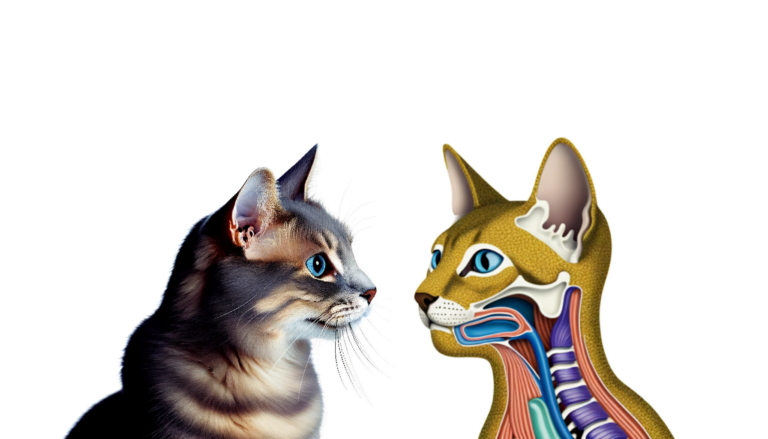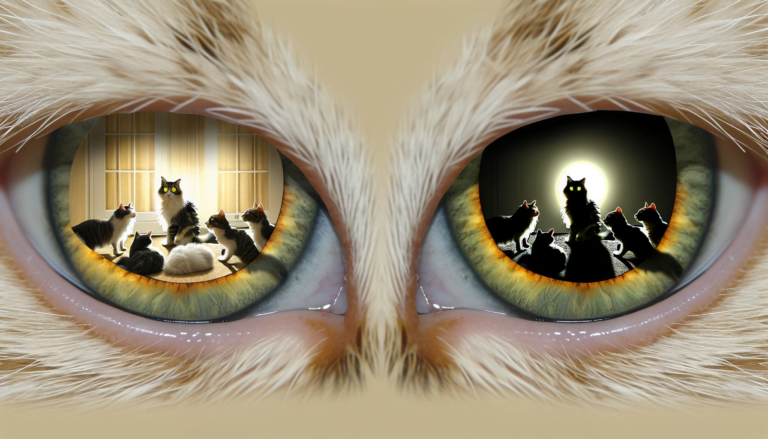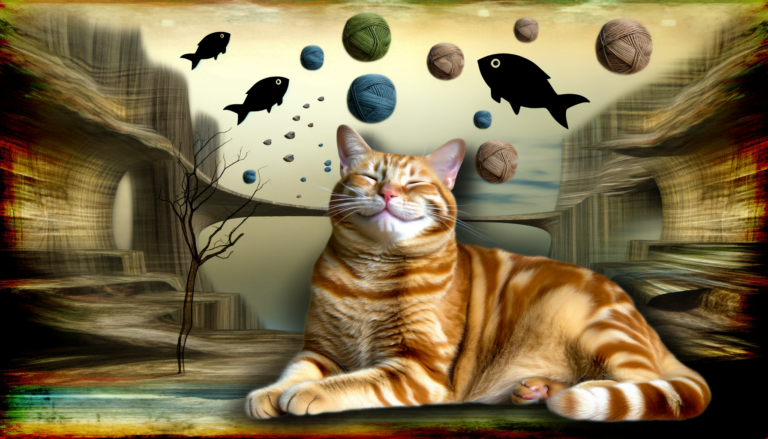Unraveling the Mystery: Do Cats Really Enjoy Being Chased?
Generally, cats do not enjoy being chased. This is because felines perceive chasing as a threat and may interpret it as predatory behavior, which could significantly stress them out. Their instinctive response to potential danger is to flee, hide, or become defensive. Therefore, it is advisable to engage with cats in ways that are enjoyable and stress-free for them, such as playing with interactive toys or gently stroking them, rather than chasing them. For their optimal wellbeing and fostering a trusting relationship, understanding and respecting their natural feline behavior and instincts is key.
The Psychology Behind Cats and Chasing

Cats, much like their bigger counterparts in the wild, carry instinctive hunting behaviors. Their natural inclination towards chase originates from these predatory instincts. Chasing is a basic part of a cat’s natural psychology – a game of hunt that triggers their primal instincts and provides both physical exercise and mental stimulation.
However, the notion of whether cats enjoy being chased can vary based on individual temperaments and experiences. For some, it’s a playful interaction, providing an exciting challenge of agility and speed. Some felines relish the adrenaline rush that a good chase provides, mimicking the thrill they would get from the wild.
Contrastingly, for other cats, being chased may invoke fear and stress, particularly if they perceive the chaser as a potential threat. This distinction can often be rooted in their early experiences. Cats that have been hunted or threatened might associate chasing with a traumatic past. As such, it is vital to understand your cat’s specific demeanor and experiences when engaging in chase play.
Feline Response to Chasing: Fear or Fun?
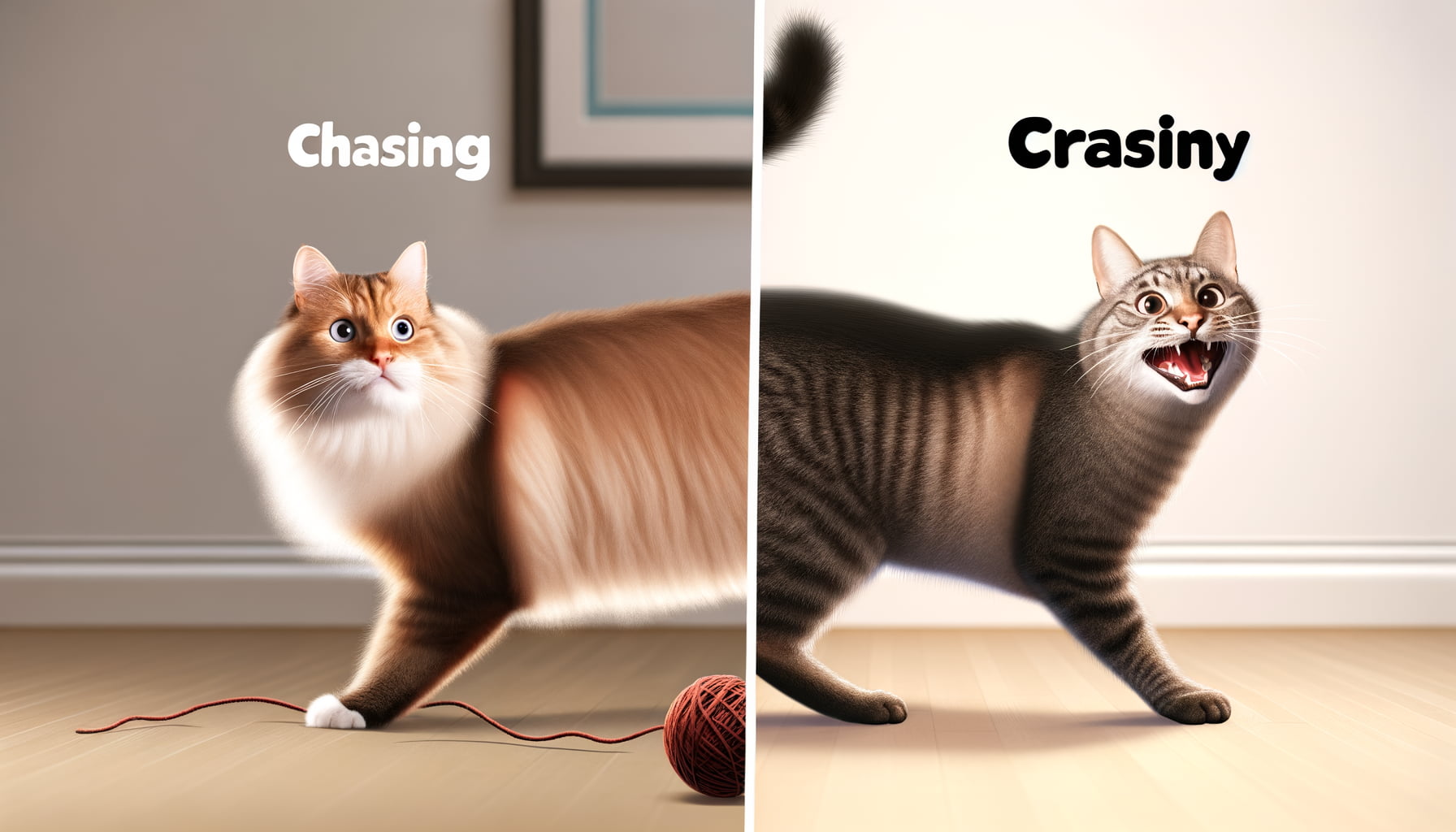
When it comes to cat behavior, discerning between fear and fun might be perplexing. However, understanding a cat’s response to ‘chasing’ games requires a deep understanding of their innate behaviors and signals. Typically, a feline’s response to being pursued can vary dramatically based on their personality, environment, and past experiences.
While some cats may delight in the occasional figuring they’re the “prey” in a light-hearted chase, it’s essential to notice their body language. A confident set of ears, a high-raised tail, and dilated, excited eyes are all signs your cat might be having fun. However, flattened ears, dilated pupils due to fear, and noticeably tense body language might indicate distress rather than enjoyment.
Understanding these nuances is vital to ensuring your feline friend’s well-being. As cat lovers, we must respect these boundaries and adjust our play methods to match their comfort level. If chasing isn’t their cup of tea, seek alternatives such as interactive toys or gentle tactile stimulation. After all, a happy cat makes for a happy home.
Understanding Cat Behavior: A Basic Overview
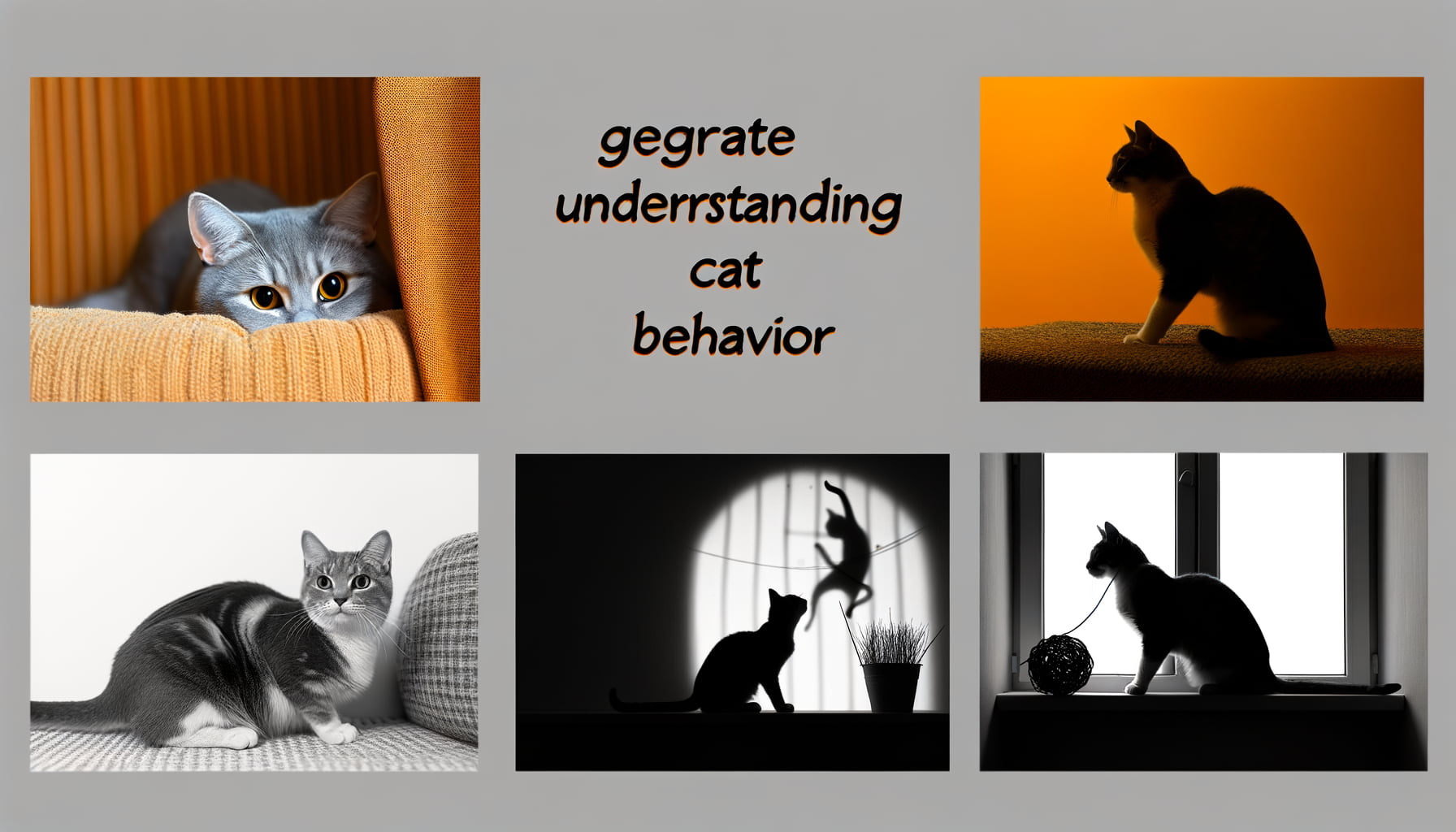
Getting to the core of understanding cat behavior can appear daunting at first; however, a closer examination may unravel some seemingly complex mysteries. Cats, like all living creatures, demonstrate a range of behaviors that are deeply rooted in their biological instincts and survival tactics. Insight into these can become a gateway to understanding them better.
A significant aspect of a cat’s behavior is their independence. Unlike dogs, cats tend to exhibit greater independence and self-reliance. This fact does not invalidate their potential for forming deep bonds with their humans; it simply underlines their inherent need for autonomy. Their solitary nature can be traced back to their ancestors, solitary hunters, and it significantly influences their response to domestic stimuli such as chasing.
Communication is another critical aspect of feline behavior. Cats rely heavily on body language like tail movements, ear positioning, and physical contact patterns to convey their feelings and intentions. By developing an understanding of these non-verbal cues, cat owners can navigate the puzzling world of cat behaviors, including their stance on chasing games.
Proper Ways to Play with Your Cat: Alternatives to Chasing

Engaging with your cat through games and activities other than chasing is a wonderful way to deepen your bond. Here are a few alternatives to consider. Laser pointers are a popular option – they not only keep your cat entertained but also allow her to indulge in her instinct to hunt. However, be sure to shield your cat’s eyes from the laser’s direct light.
Another alternative is interactive toys. From puzzle feeders to motorized butterflies, there is an array of toys that provoke your cat’s curiosity and necessitate her attention to catch the prize. This form of play not only stimulates your cat’s hunting instinct but also provides mental stimulation and exercise.
Last but not least, consider the tried-and-true method of using a teaser wand. It allows you to mimic the movement of prey, inviting your cat to engage in a stimulating game of hunt, chase, and pounce, all within the safety and control of your hands. Remember, the goal of these games is not simply to keep her entertained, but also to engage her instincts in a controlled, safe environment.
Conclusion
After delving into the mystery of whether cats enjoy being chased, it seems that the answer may vary from cat to cat. While some felines may find it enjoyable and engage in playful behavior, others may feel stressed or threatened. Ultimately, it is important to observe your cat’s body language and reactions to determine whether they truly enjoy being chased or if they would prefer a different form of interaction.
In conclusion, the bond between cats and their human companions is unique and special, requiring an understanding of each individual cat’s preferences and boundaries. By respecting and observing our feline friends, we can ensure that they feel safe, happy, and loved in their homes.


